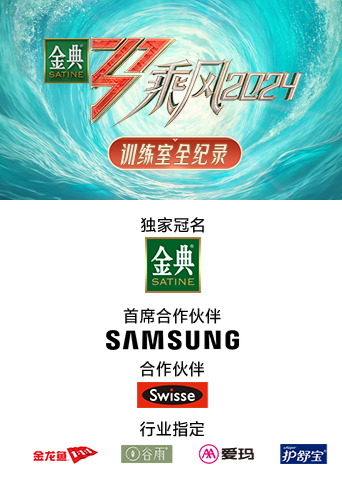Maise(陈慧琳 饰)与男友高桥裕二(仲村亨 饰)相恋多时,月神高桥却在结婚当天突然失踪了。Maise决定前往东京寻找高桥,月神同时装修师父毕大勇(郑伊健 饰)为了追逃Maise欠下的装修费用,便决定跟着她前往东京。互相不信任的二人到了高桥在东京的家,遇到了一直跟踪高桥的私家侦探林贵仁(梁朝伟 饰),原来高桥与黑帮伊藤(阿部宽 饰)的妻子有奸情,于是失踪了。三人最后联手起来,决定一定要找到失踪的高桥,与黑帮抗争。随着追踪的层层深入,Maise也知道了高桥、毕大勇还有林贵仁的真实身份。

Maise(陈慧琳 饰)与男友高桥裕二(仲村亨 饰)相恋多时,月神高桥却在结婚当天突然失踪了。Maise决定前往东京寻找高桥,月神同时装修师父毕大勇(郑伊健 饰)为了追逃Maise欠下的装修费用,便决定跟着她前往东京。互相不信任的二人到了高桥在东京的家,遇到了一直跟踪高桥的私家侦探林贵仁(梁朝伟 饰),原来高桥与黑帮伊藤(阿部宽 饰)的妻子有奸情,于是失踪了。三人最后联手起来,决定一定要找到失踪的高桥,与黑帮抗争。随着追踪的层层深入,Maise也知道了高桥、毕大勇还有林贵仁的真实身份。


回复 :转自:http://www.filmlinc.com/nyff/2010/views-from-the-avant-garde-friday-october-1/views-from-the-avant-garde-jean-marie-straub“The end of paradise on earth.”—Jean-Marie StraubThe 33rd verse and last chant of “paradise” in Dante’s Divine Comedy. The film starts with verse 67, “O somma luce…” and continues to the end. “O Somma luce” recalls the first words uttered by Empedocles in Danièle Huillet and Jean-Marie Straub’s 1987 The Death of Empedocles—“O himmlisch Licht!…” (O heavenly light!). This extract from Hölderlin’s text is also inserted into their 1989 film Cézanne.“O somma luce” invokes utopia, or better still “u-topos,” Dante, Holderlin, Cézanne… the camera movement, recalling Sisyphus, in the film’s long shots, suggests its difficulty.In O somma luce, with Giorgio Passerone’s Dante and the verse that concluded the Divine Comedy, we find at the extremity of its possibilities, the almost happy speech of a man who has just left earthly paradise, who tries to fully realize the potential of his nature. Between the two we find the story of the world. The first Jean-Marie Straub film shot in HD.So singular are the textual working methods of Straub-Huillet, and now Straub on his own, that it is hard to grasp how far reaching they are. Direction is a matter of words and speech, not emotions and action. Nothing happens at the edges, everything is at the core and shines from there alone.During the rehearsals we sense a slow process by which ingredients (a text, actors, an intuition) progress towards cohesiveness. It is, forgive the comparison, like the kneading of dough. It is the assembling and working of something until it becomes something else… and, in this case, starts to shine. Actually it’s very simple, it’s just a question of opening up to the light material that has been sealed up. Here, the process of kneading is to bring to life and then reveal. The material that is worked on is speech. So it is speech that becomes visible—nothing else. “Logos” comes to the cinema.The mise en scène of what words exactly?The process of revealing, “phainestai”; “phainomenon,” the phenomenon, is what take splace, what becomes visible to the eye.Is “Straubie” Greece?This mise en scène of speech, which goes beyond a close reading of the chosen text, is truly comes from a distant source.—Barbara Ulrich
回复 :
回复 :在饱受干旱困扰的小镇中,一个拉美裔家庭给他们唯一的儿子取名为“帆船”。帆船给他的家人带来了新的爱和希望。一天下午他带回了一把小吉他。从这一刻起,帆船和他的吉他形影不离。病重的祖母希望他为她写一首歌,帆船迎难而上,创作了有史以来最伟大的歌曲。



